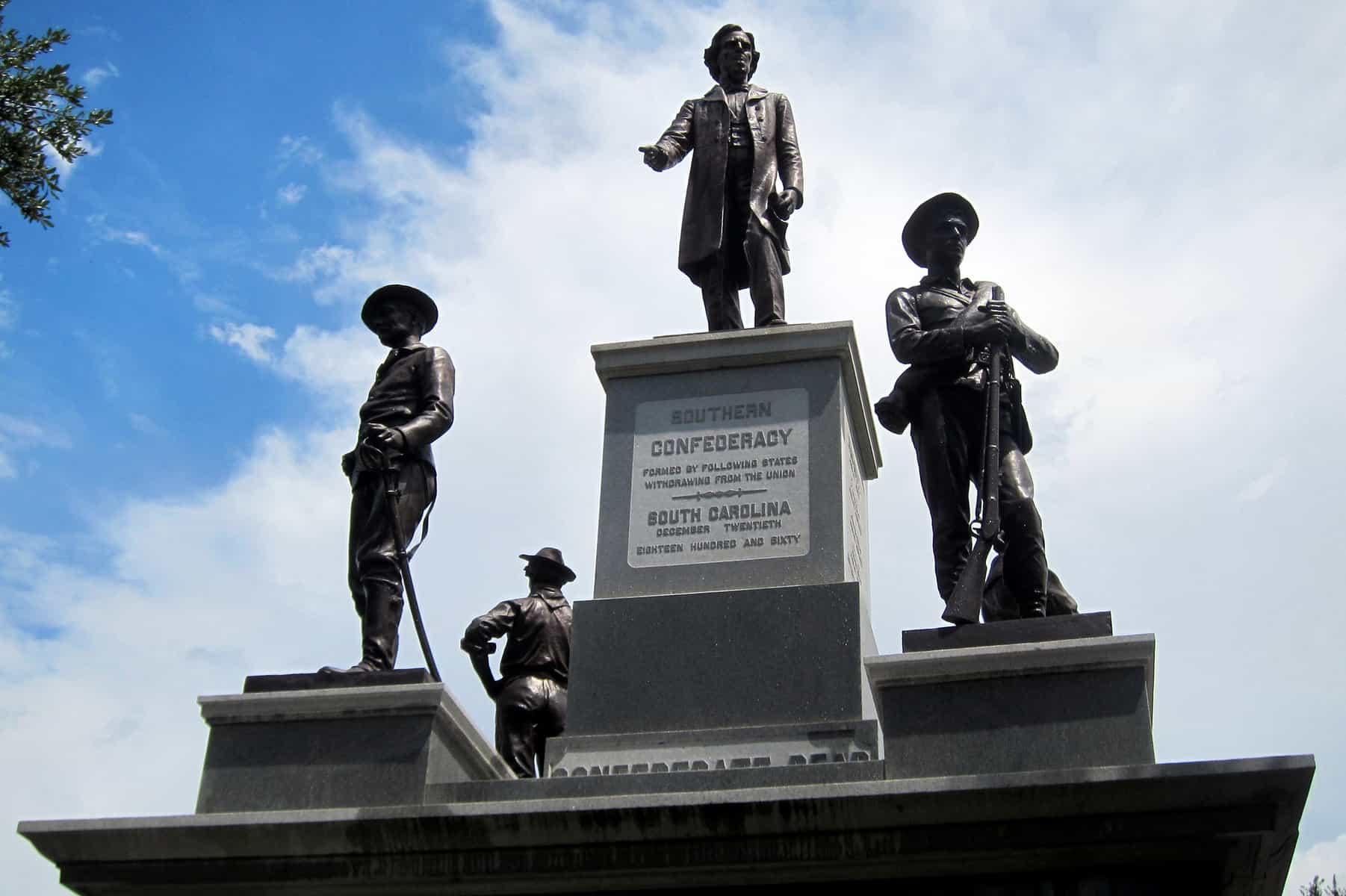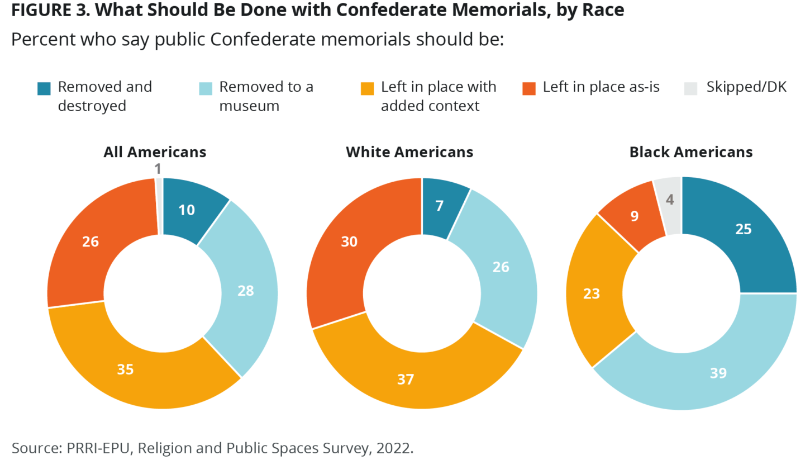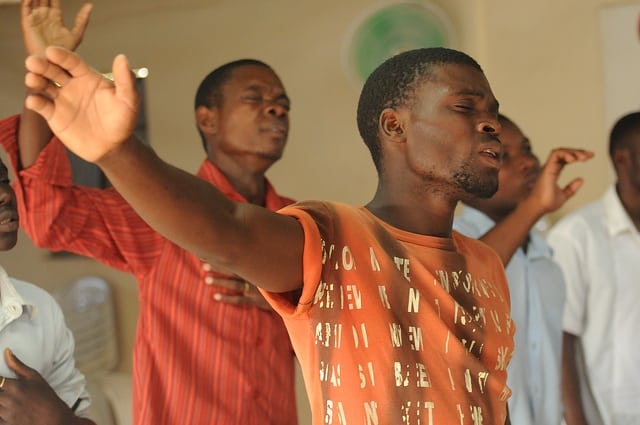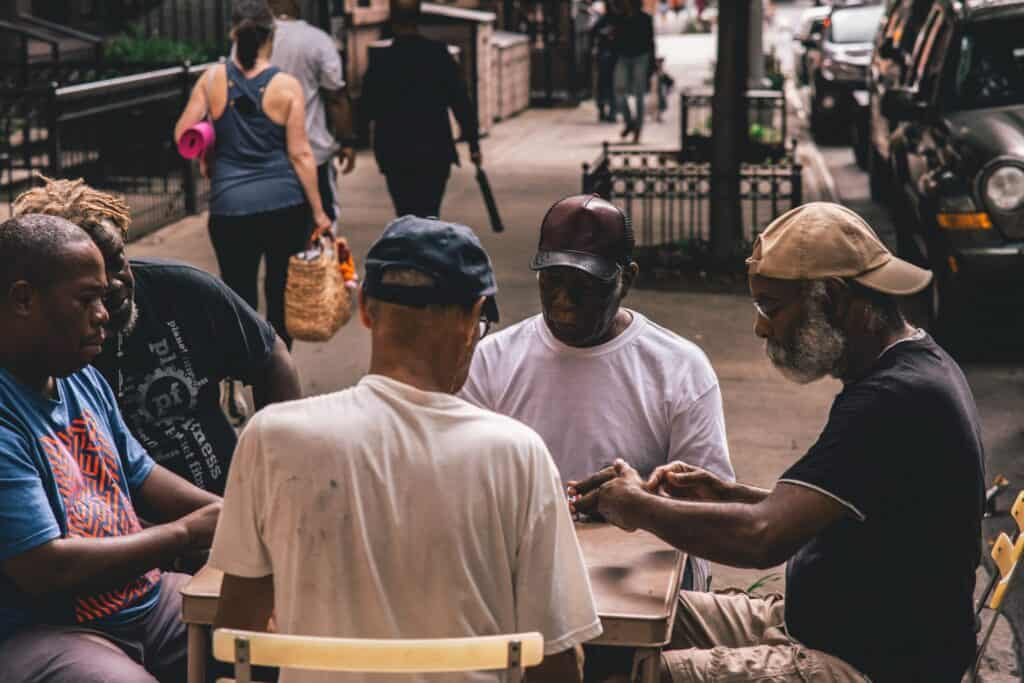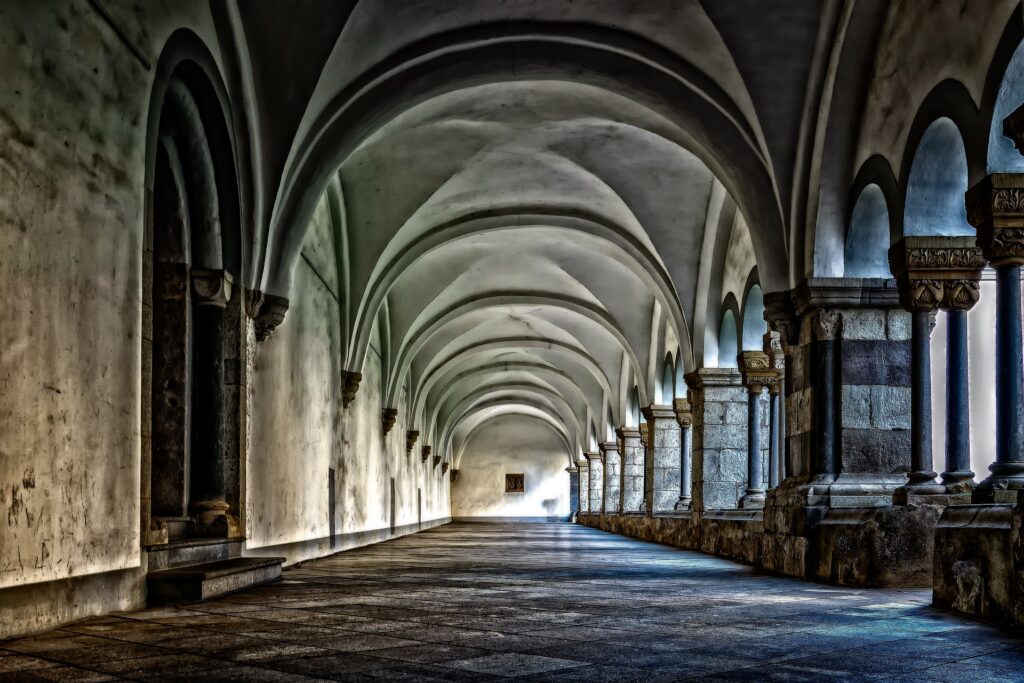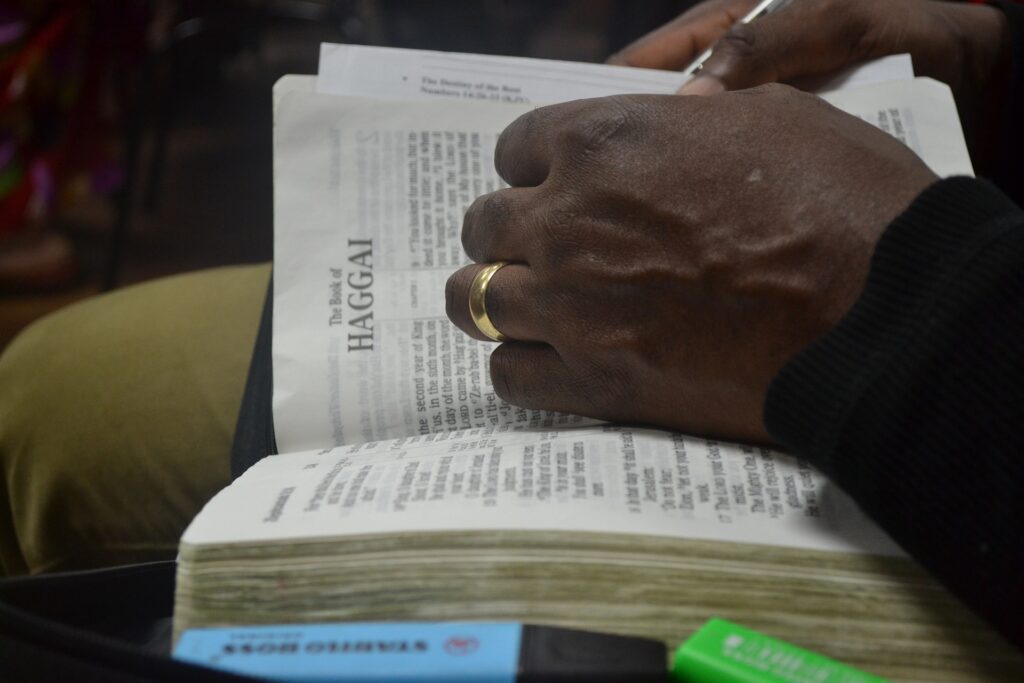A recent study sheds light on the diverse perspectives held by Black and white Americans regarding Confederate monuments. While both groups acknowledge the importance of addressing historical injustices, they diverge in their recommendations for handling these controversial statues. White Americans exhibit a range of opinions, with some advocating for the preservation of statues and others suggesting contextual additions or relocation to museums. On the other hand, Black Americans present a more unified stance, predominantly favoring the removal of such memorials.
Despite these differences, the study underscores a shared commitment to recognizing the legacy of slavery and racial discrimination. Both groups express a desire for more inclusive public spaces that reflect their communities’ values and acknowledge positive influences. However, the challenge lies in bridging the gap between these distinct perspectives, particularly concerning racial identity discussions and the role of religion in the reconciliation process.
While the study highlights the complexities in finding common ground, it also points to a broader aspiration for unity among Americans, with a majority expressing willingness to engage with those of different racial backgrounds and an understanding of the importance of respectful dialogue. Nonetheless, the study acknowledges the need to navigate cynicism and build trust in order to effectively translate these shared aspirations into tangible actions that honor history and promote inclusivity.
Baptist News Global writes:
Black and white Americans disagree greatly on how to handle Confederate memorials, despite largely agreeing on the need to acknowledge slavery and the discrimination and violence against racial minorities, a new study shows.
The August report by Public Religion Research Institute and E Pluribus Unum combined national polling with 26 focus groups in 13 Southern states to explore American attitudes on Confederate statues and other displays and the role religion plays in shaping those perspectives.
White and Black focus groups were divided when asked what, if anything, should be done with monuments and other memorials that remain on display in parks, downtown spaces and other public venues.
“Three in 10 white Americans (30%) say the statues should stay in place as they are, 37% say they should be left in place but have additional context added, 26% support moving the statues to a museum, and 7% say the statues should be removed and destroyed. Black Americans fall almost completely in the opposite direction: 9% say to leave the statues as they are, 23% say to leave them and add context, 39% support moving them to a museum, and 25% would like to see the statues removed and destroyed. Overall, 26% of Americans support leaving the statues as they are, 35% say leave them but add context, 28% say put them in a museum, and 10% say they should be removed and destroyed.”
The study also uncovered significant support among Black and white Americans for telling the truth about the history of slavery and the subsequent oppression of racial minorities, including 90% of white respondents and 89% of Black Americans.
Read the full article.
Photo credit: Wally Gobetz on Flicker

